Seeing a master at work, you learn the powers at play: An image may alter your life, and a photobook set its course. For New York photographer Kristina Loggia making photography was never a conscious choice.
Harry Callahan, Diane Arbus, Dorothea Lange, and Margaret Bourke-Smith were all fixtures in the childhood of Kristina Loggia. Before Kristina Loggia found her photography, Kristina Loggia found theirs. And now that the years have cycled through, she still carries them.
“No space is just a ‘space’, no object just an ‘object’. Everything has a history and holds meaning,” Kristina Loggia says about her approach to portrait photography
Like the greats, Kristina Loggia grew up revering, Kristina Loggia knows that the details that explain a person are never hidden.
They just need to be pulled. Some come quietly, whereas others impress so heavily they’re impossible to ignore. But no matter how small or messy, Kristina Loggia is always looking for those little details that sing.
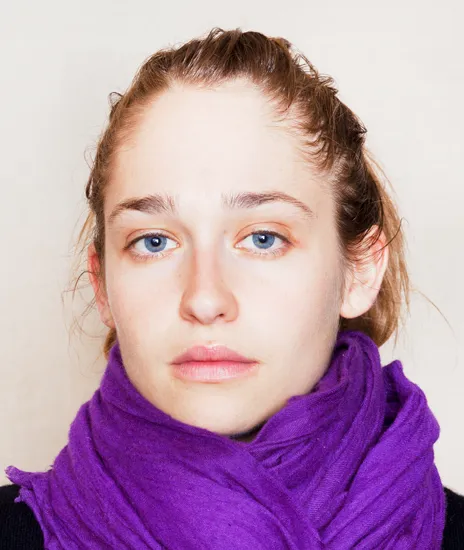
In this interview, Kristina Loggia explains how her parents influenced her photography, talks about her influences, and reveals why details always matter in a portrait.
Look at the world through the lens of Kristina Loggia. Create imagination out of reality!
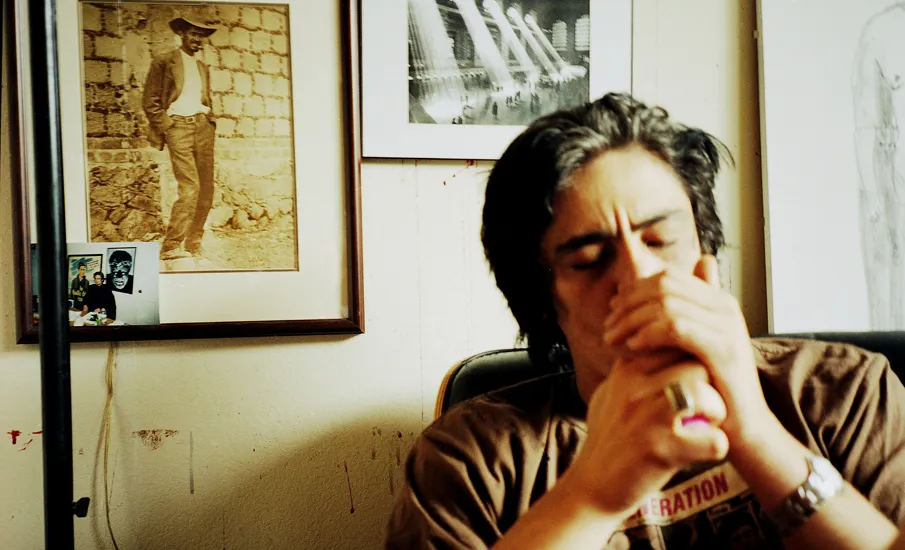
Q.1 You’re a well-known celebrity photographer and photojournalist. I really like the immediacy of your work. How did you get your start? How would you describe your work?
Ans. I don’t consider myself a well-known photographer, but I appreciate that perception. I was living in Los Angeles when I first started to work as a photographer.
My roommate at the time was shooting actors’ headshots and beginning to work consistently. It was a three-bedroom house, so we decided to turn one of the rooms into a studio. I had been studying acting for a long time.
I knew many actors. I began to take pictures of my friends (mostly actors) and built a portfolio from those pictures.
After about a year, my roommate ended up getting married and moving to Santa Monica and rented a studio there. She still has a great business. I had shot many actors’ headshots by this time, and I really did not care for it at all.
I found it to be incredibly frustrating and therefore felt like a dead end. I needed to move in a different direction. I wanted to expand my skill set and I needed a bigger space. I met a photographer who was looking to share a space.
We found a space in Hollywood and my world changed. It was during this time that I began working with a larger format camera (4×5) and moving in the direction of a portrait photographer.
I learned about the technical aspects of photography from people who had gone to art school. They were all incredibly generous and willing to teach me the things I did not know.
I learned a great deal from shooting 4×5. Eventually, I had a strong enough portfolio to meet with some publicists.
This provided me with the opportunity to do test shots for their clients. The deal was: if they liked the shots it would be “available art” for their clients.
If they did not like the art, I would be able to use a shot for my portfolio, but I would not be able to resell the images.
There were plenty of makeup and hair people who wanted to do test shots as well, so pulling a shoot together was not impossible.
Film and processing were not nearly as much money at the time. It was all very doable. I built a stronger portfolio and was soon able to start knocking on the doors of photo editors at magazines.
I don’t know how to describe my work. I think what I want most of all is for it to be honest. I hope to achieve that in the images I take.
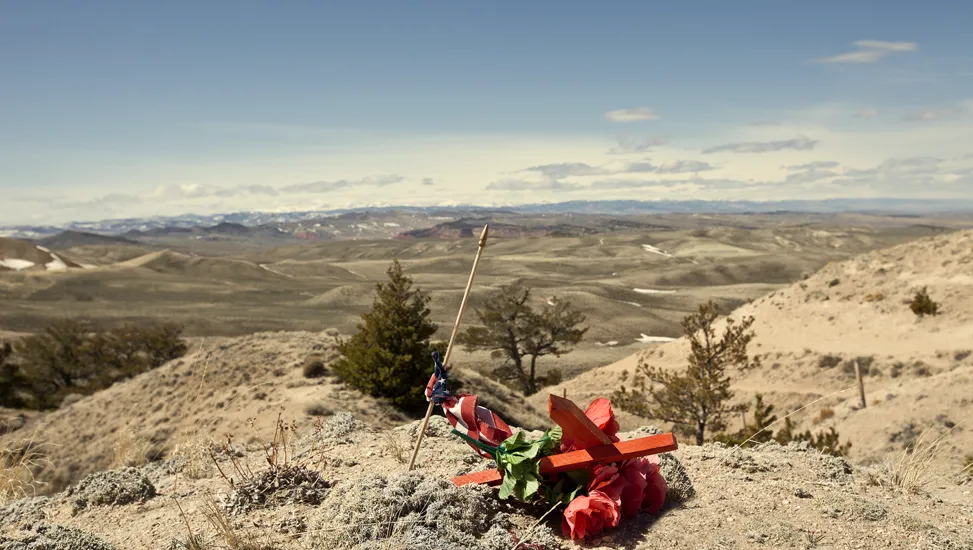
Q.2 I read that you once wanted to be a war reporter but reconsidered because of marriage and children. What was the attraction of war reporting to you? Was it a matter of advocacy? Adrenaline?
Ans. My father and mother were both political when I was growing up. They were involved in the civil rights movement and in the anti-war movement.
As a child, I went to rallies with them, stuffed envelopes with them, recognized how much they cared, and learned to believe that there is great value in giving a damn (the GIVE A DAMN button was my favorite from that time).
To answer your question, ultimately, I think what drove me toward war reporting was the idea of being a witness toward peace.
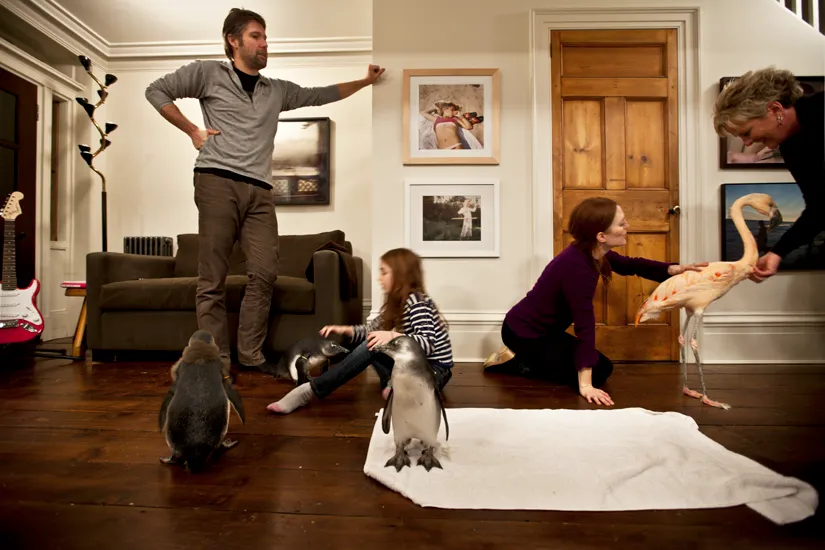
Q.3 The home environment has an important place in your work. You have a great skill in communicating through objects and colors, the details, that surround a person. For instance, in Families, each image has a painting, pet, or object that says something about each family. Why do you think you’re drawn to these details?
Ans. I think I am drawn to these details just as an actor who is working on a character has to know what that character would have in their home, or what kind of tablecloth the character would buy. I hope that I never take anything for granted.
I have said this before, but I think it is a good example. If you are working on, let’s say, A Glass Menagerie by Tennessee Williams and you come to your acting class to do a scene from the play, let’s say the scene between Laura and the Gentleman Caller, hopefully, you are going to choose to wear very particular clothes, clothing that the Gentleman Caller would wear and you and your scene partner would make very specific choices in dressing the set.
Everything on the set has meaning and history. I think it’s the same when you take someone’s portrait photography in their home or in a space of their choosing. The space the subject chooses holds meaning to them. I like to include the “stuff”. When I was working on the Apron project, I always asked the subjects where they would like their picture to be taken.
Sometimes they would start to tidy up or feel like they should clear the space, but I would put them at ease and tell them not to worry.
Everything is perfect as it is and there is no need to clean up. When I was studying acting it was hammered into me to never take anything for granted. That idea has spilled into my photography. So everything takes on a life.
No space is just a “space”, and no object just an “object”. Everything has a history and holds meaning. I never felt the need to “clean up”.
That never made sense to me because it would remove what’s important to the subject.
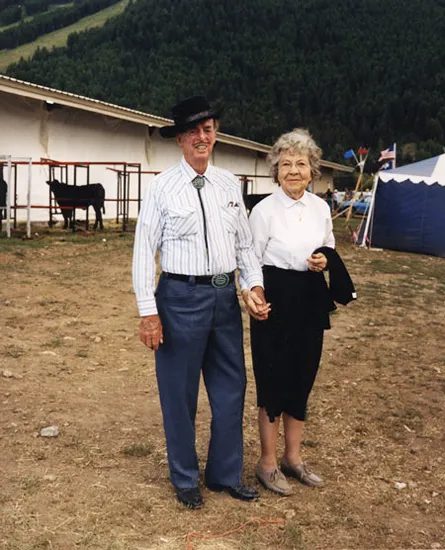
Q.4 I’m really glad these families were photographed in this way and not in some stilted and posed affair. I relate to the families more through your way. But if you had to photograph a family in that posed fashion, what would be your approach?
Ans. Well, that’s an interesting question. In all honesty, I probably would not be hired to shoot a family in a posed fashion kind of way. Still, if I were, I think I might try to really accentuate that the image was posed and shoot it with a 4×5 camera so that there was that real stillness that comes naturally with large format images. I like that.
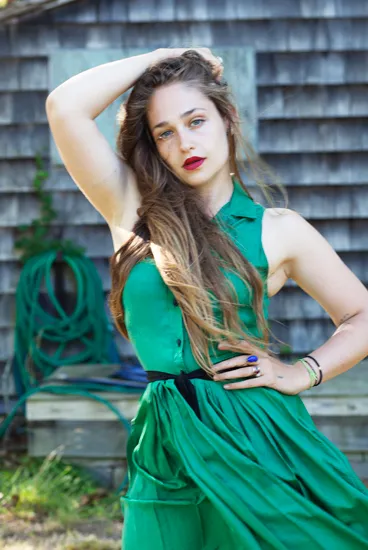
Q.5 For NY Magazine’s Life in Pictures, you profiled “Girls” star Jemima Kirke. How did that project come about? What was the aim of it, exactly?
Ans. I had shot Jemima before. She recommended me to the photo editor. I got lucky that the photo editor agreed. I am very, very, very grateful.
The aim of that shoot was to spend 24 hours with Jemima and document her life.
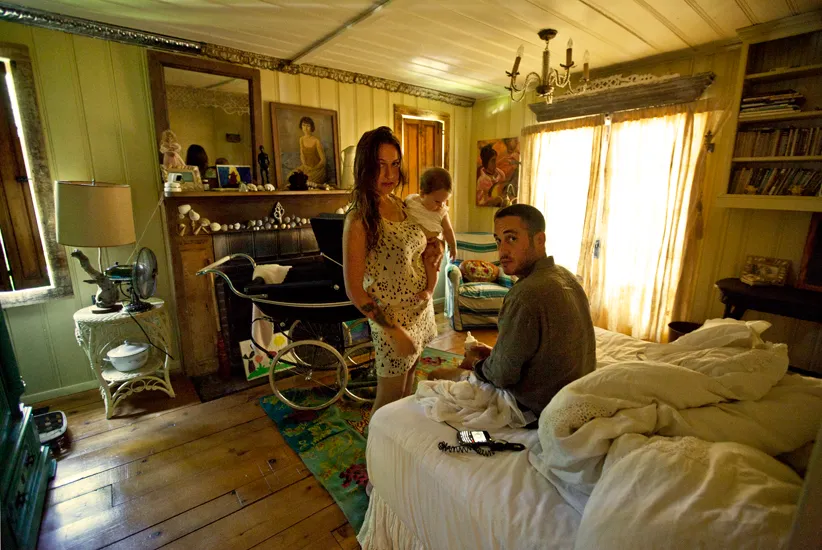
Q.6 Even in that project, your eye for detail is still felt. For instance, in the 15th photo used on their website, you include a painting of Jemima in the composition. Was that a conscious decision you made? Or were you aiming for a wide shot?
Ans. I shot wide on pretty much all of the images. It was a decision from the start. There were a few pictures that were tighter, but nothing was really tight.
When I would go in tighter, I never felt comfortable because it felt dishonest. If there was a lot going on, and usually a lot was going on, it felt wrong going in tight.
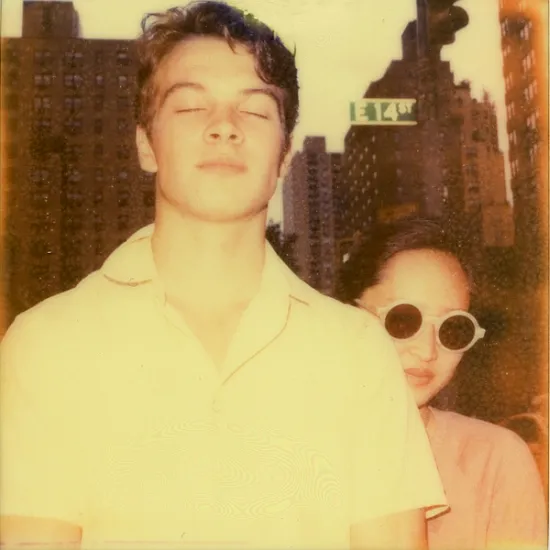
Q.7 Your Polaroids are very interesting. It seems like you take a different approach with them. Do you? Who are the people you photographed? Family?
Ans. I like shooting Polaroids. I loved shooting 4×5 Polaroid, but now it’s gone, which is so sad. The film The Impossible Project is really getting better and more dependable. I have two SX70s and some other instant film cameras as well and I love them.
I think the format demands a different approach. I don’t think it is much different than when a painter is using watercolors instead of oil paint. I have mostly shot portrait photography of people but I have an ongoing flower series, too.
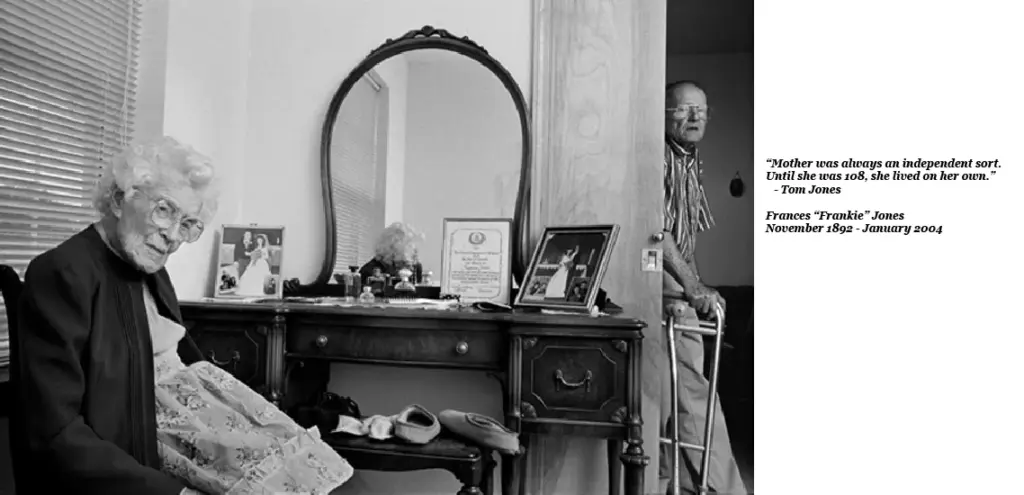
Q.8 Apron Chronicles received a lot of praise. The Frankie Jones portrait photography is my favorite. You spoke about this image with NPR. You said that because you didn’t interfere, that’s how the magic of it happened. Could you explain what you mean by interfering? Did you try many setups?
Ans. I did two setups with Frankie. However, for most of the subjects I did only one. That was difficult because the room was small. She was over 100 years old and the room was BOILING! It’s funny you like that one.
It’s the only image in the entire series that I shot with a 35mm camera. I shot it with a Leica. I also shot her with a 4×5, but because of space I couldn’t shoot her in the direction that I liked, so I had to use a different camera, and time was limited.
I knew I could capture both her and the details of her life if I sat on her bed and shot her with a 35mm lens. That’s her son in the doorway.
I like the 4×5 images of her as well, but after much deliberation, this image served the project in a greater way.
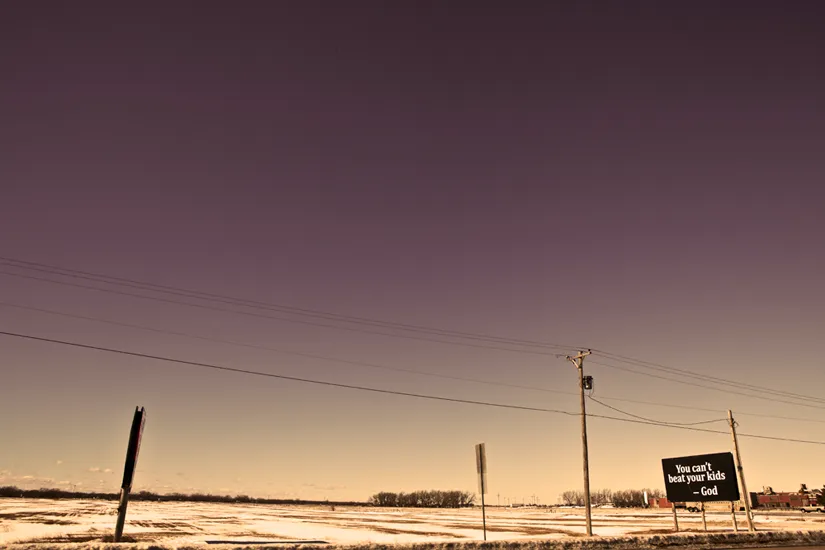
Q.9 Cross Country is your great American portfolio. I think every American portrait photographer should make a project like this. Did you have any artistic epiphanies while making this project? What did you learn about the American landscape through it?
Ans. In this Cross Country work is hardly done. I have so many images that I must go over and decide what I want to include and what I want to remove.
I lived full-time in Wyoming for six years and still spend huge amounts of time there, so I drive back and forth. I love the open road.
Many of my friends think I am nuts to do that drive but I enjoy it. It is a kind of meditation. I really need to go through the South, but, as of yet, I have not done that, at least not to the degree that I would like.
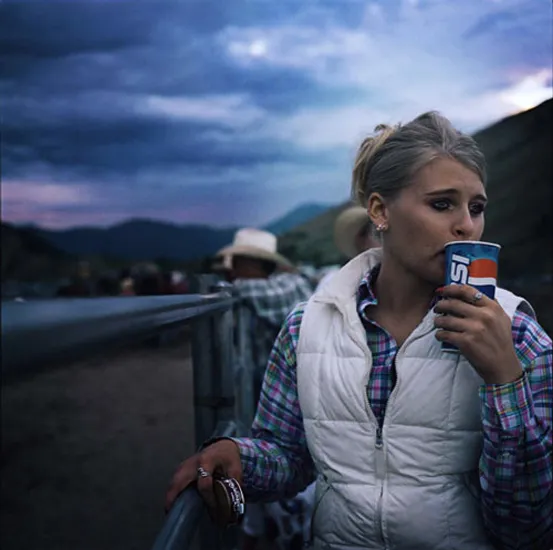
Q.10 What would you say to yourself back when you first started making a career in portrait photography? Any great realizations?
Ans. It was not like that for me. I don’t think I thought of it in terms of a career. I just always loved taking pictures.
When I was in high school, I always had a camera, and now that the years have gone on, I still have a camera.
My mother loved Margaret Bourke-White and Dorothea Lange. I remember as a kid my mom taking me to the Museum of Modern Art in NYC, seeing photographs and being fascinated by them.
There was a famous photograph of a bullet being fired that captivated me and then there were all of Diane Arbus’s pictures which were so amazing, and I remember being fascinated with Harry Callhan’s work.
My mom had a book of his pictures that I would stare at. I always loved looking at pictures, so making them was probably an unconscious choice. It just happened.
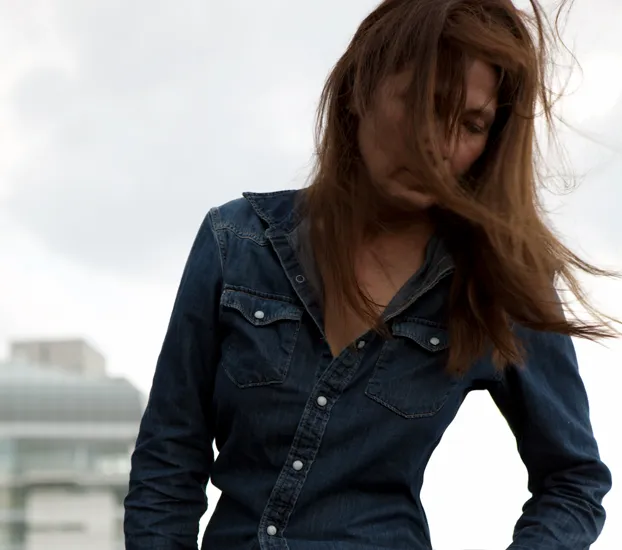
Be sure to check out all the work of Kristina Loggia on her website!
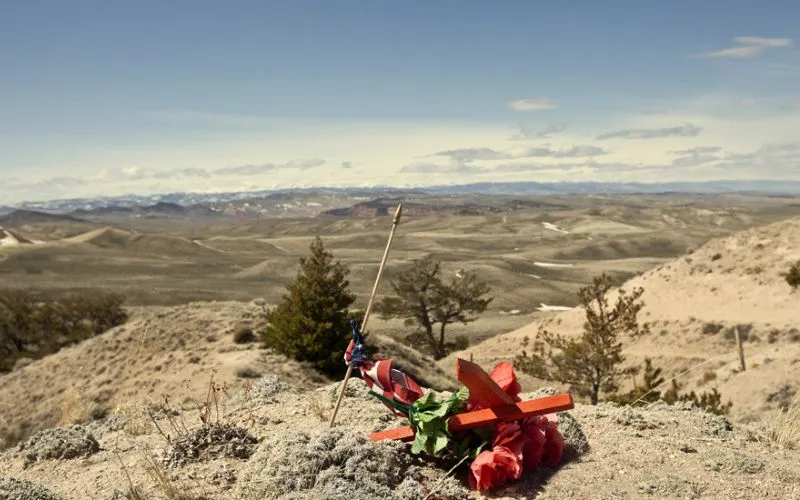
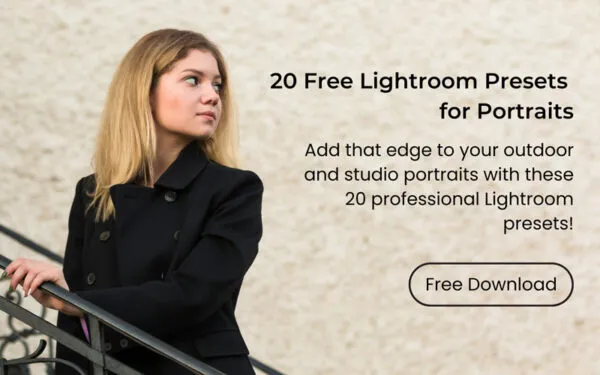
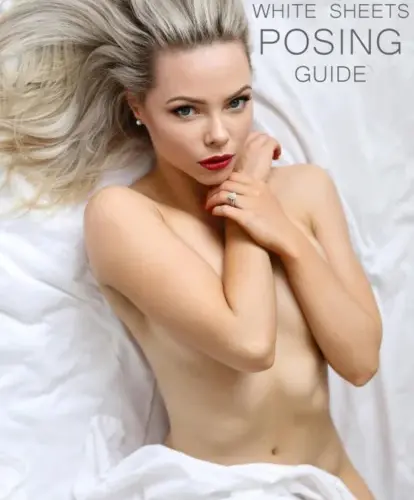

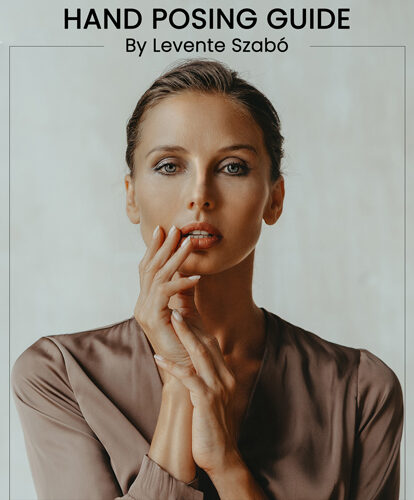
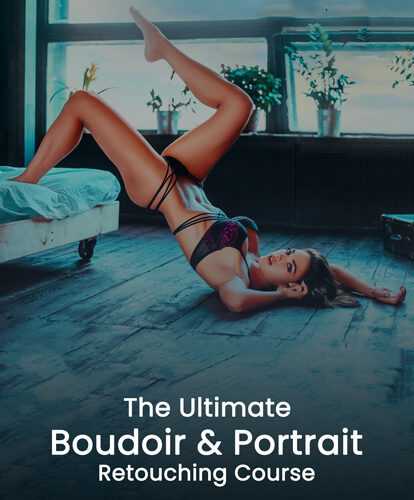




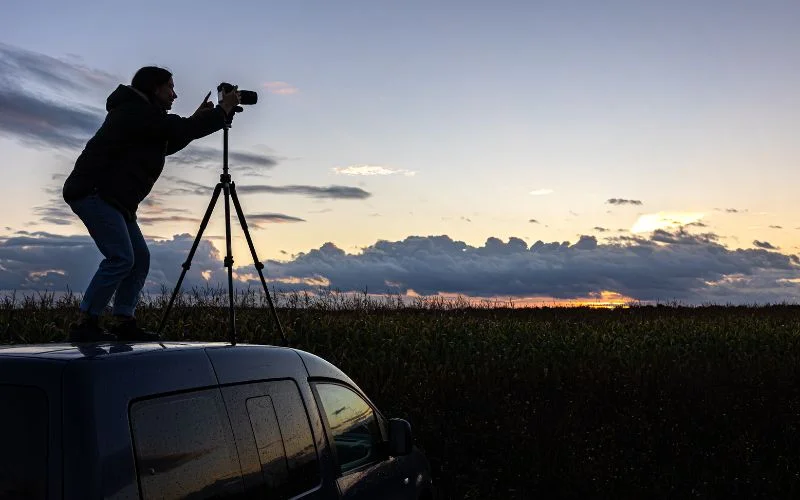
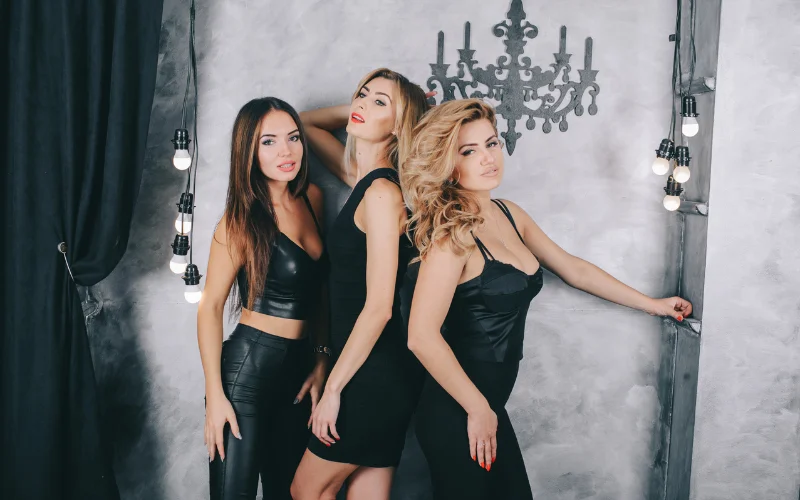
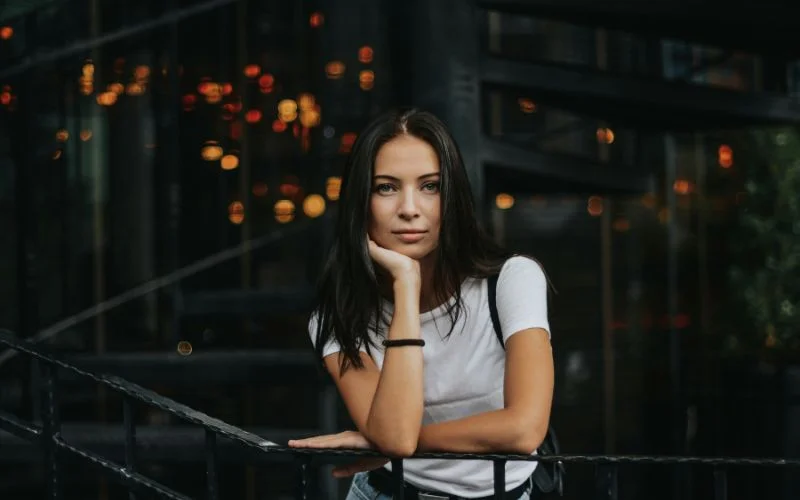



0 Comments on “Kristina Loggia Interview: How to Capture the Most Important Details in a Portrait”